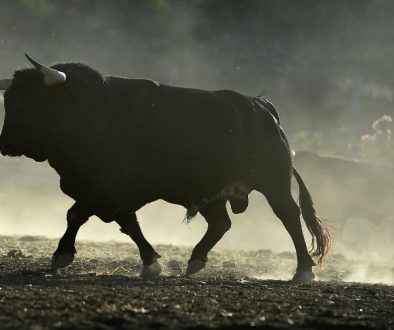Today I am considering the dividend potential of two FTSE 100 giants.
Running out of energy?
I have long taken a bearish stance on Centricas (LSE: CNA) investment potential owing to escalating problems across its businesses. And the firms latest results last week cemented my cautious position still further.
The energy giants British Gas retail arm lost a further 224,000 customers during the first three months of 2016, underlining the growing competitive pressures facing the division. By comparison, British Gasonlylost 119,000 residential clients during the whole of last year.
Investor sentiment towards Centrica has improved of late thanks to the stunning recovery in oil values. Indeed, the Brent benchmark climbed to four-month peaks above $45 per barrel earlier this month. But the sustainability of this rally remains under severe scrutiny as the crude markets chronic supply/demand imbalance steadily worsens.
Centrica plans to slash 3,000 jobs this year alone as part of a 750m, five-year cost-cutting plan. But the firms murky revenues outlook means that much more work may be required, particularly as itlanguishes under a 4.4bn net debt pile.
Centrica slashed the dividend in both 2014 and 2015 to mend the balance sheet, and the City expects payouts to finally trek higher again from this year. A dividend of 12.2p per share is pencilled in for 2016, up from 12p last year. And the reward is anticipated to rise to 12.4p in 2017.
However, I reckon investors should give consequent yields of 5.3% and 5.4% for 2016 and 2017 respectively short shrift. Predicted payments for the period are covered just 1.2 times by estimated earnings, and Centrica cannot rely on a robust balance sheet to meet these heady estimates, either.
Bank gets bashed
The dividend picture over at HSBC (LSE: HSBA) is also coming under increased scrutiny as revenues in its critical emerging markets sag.
A cooling Chinese economy is playing havoc with the banksperformance in Asia, but this is not HSBCs only worry. Indeed, question marks loom large over itscommitment to the battered commodities segment.And looking elsewhere, HSBC is also contending with rising misconduct-related penalties, particularly with regards to the mis-selling of PPI.
The number crunchers expect HSBC to pay a dividend of 51 US cents per share for 2016, and 52 cents for next year. These figures create a market-smashing yield of 7.6% through this period.Still, investors should be aware that these forecasts are covered just 1.2 times by expected earnings through to the close of 2017. And like Centrica, HSBC does not boast bulletproof balance sheet strength, either.
While a CET1 ratio of 11.9% as of December is certainly not the banking sectors worst, Barclays decision to slash the dividend in March despite boasting a broadly-similar capital ratio of 11.4% illustrates the rising stress hitting balance sheets across the industry.
So although I believe HSBC should deliver resplendent earnings and dividend growth in the years ahead, as surging wealth levels in Asia drives demand for financial products, I reckon investors should be braced for possible turbulence in the near-term.
Royston Wild has no position in any shares mentioned. The Motley Fool UK has recommended Barclays, Centrica, and HSBC Holdings. We Fools don’t all hold the same opinions, but we all believe that considering a diverse range of insights makes us better investors.





